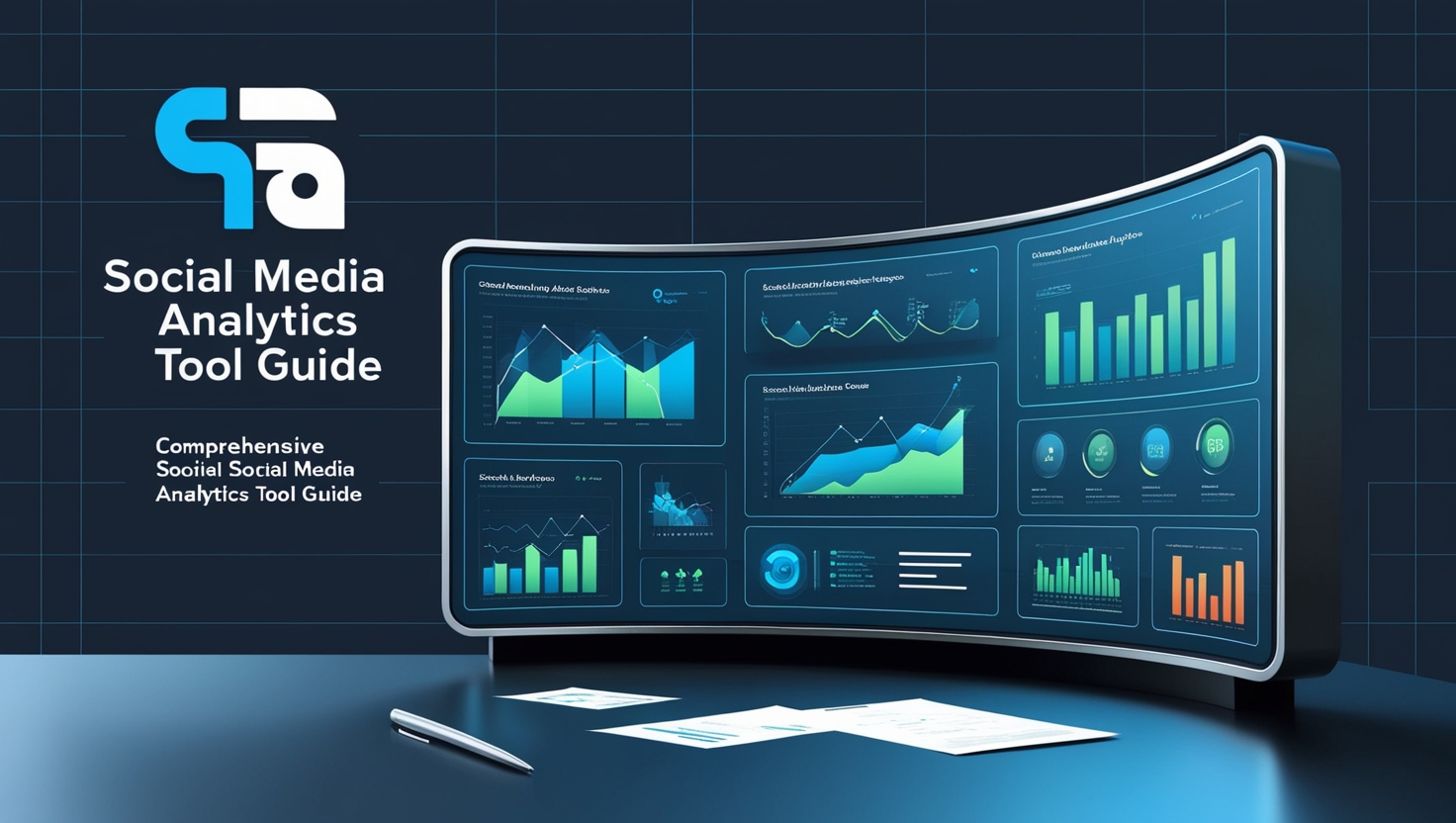In today’s competitive landscape, Effective Lead Generation B2B is Essential for Business Growth. Content marketing emerges as a powerful strategy to attract and nurture potential clients by providing valuable information that addresses their needs. This article explores techniques for creating high-quality content, such as informative blog posts, and effective distribution strategies to maximize reach. It also highlights methods for measuring and optimizing content marketing ROI. By implementing these strategies, businesses can enhance their lead generation processes and drive growth in the B2B sector.
Defining Effective Lead Generation B2B
Lead Generation B2B involves attracting and engaging potential customers interested in a company’s products or services. In today’s digital landscape, traditional advertising methods are insufficient. Instead, businesses are adopting strategic approaches, with content marketing leading the way to capture the attention of modern consumers and drive growth.
The Role of Content Marketing

Here’s a concise table summarizing the role of content marketing in B2B lead generation:
| Role of Content Marketing | Description |
|---|---|
| Attracting Audience | Creates valuable and relevant content to draw in specific target audiences. |
| Building Trust | Focuses on establishing trust and authority rather than direct promotion of products or services. |
| Engaging Potential Customers | Engages potential customers through consistent content that addresses their needs. |
| Supporting the Buyer’s Journey | Provides high-quality content that guides customers through the various stages of their journey. |
| Enhancing Sales Engagement | Increases willingness to engage with sales representatives by delivering informative content. |
Key Benefits for B2B Companies
Here’s a bullet point summary of the advantages of content marketing for B2B companies:
- Cost-Effective Lead Generation: Generates three times more leads per dollar at 62% less cost than traditional marketing.
- Building Trust and Credibility: Establishes authority by providing valuable information; 81% of consumers cite trust as key to purchasing decisions.
- Nurturing Customer Relationships: Engages prospects at all stages of the buyer’s journey with reliable content.
- Increased Conversions: Addresses customer pain points and showcases success stories to boost conversion rates.
- Improved SEO and Organic Traffic: Attracts users actively seeking information through high-quality, optimized content.
- Enhanced Brand Awareness: Increases visibility by appealing to consumers at all stages of their journey.
- Targeted Audience Engagement: Allows personalized content creation for different audience segments to meet specific needs.
- Data-Driven Insights: Gathers valuable data on audience preferences for continuous strategy refinement and lead generation optimization.
Creating High-Value Content for Lead Generation

High-value content for lead generation involves producing informative, relevant, and engaging materials that address the needs and pain points of your target audience, fostering trust and encouraging conversions throughout the buyer’s journey.
Identifying Target Audience Needs
- Understand Target Audience: Conduct thorough market research to identify needs, pain points, and preferences.
- Develop Customer Profiles: Create detailed buyer personas based on demographics, firmographics, psychographics, and buying behaviors.
- Utilize Customer Surveys: Distribute surveys and conduct interviews to gather direct feedback from existing customers.
- Network with B2B Companies: Engage with similar businesses to gain insights into market dynamics and emerging trends.
Types of Effective B2B Content
| Type of Content | Description |
|---|---|
| Blog Posts | Regularly published posts that enhance organic search visibility and attract potential leads. |
| E-books and Whitepapers | In-depth resources that establish industry expertise and explain complex topics. |
| SlideShares | Visually appealing presentations that package information in an engaging format. |
| Comprehensive Guides | Detailed resources providing valuable information on topics of interest to the target audience. |
| Case Studies | Testimonials showcasing successful client outcomes, highlighting the company’s expertise. |
| Webinars and Video Guides | Engaging formats for sharing knowledge and addressing audience challenges effectively. |
Measuring and Optimizing Content Marketing ROI
Measuring and optimizing content marketing ROI involves tracking key performance indicators, analyzing engagement metrics, and refining strategies based on data insights to ensure maximum effectiveness and alignment with business objectives.
Key Performance Indicators (KPIs)

| KPI | Pros | Cons |
|---|---|---|
| Website Traffic | Indicates overall interest and reach | High traffic doesn’t guarantee conversions |
| Lead Generation | Direct measure of content effectiveness | May not account for lead quality |
| Conversion Rates | Shows effectiveness in moving prospects through sales | Requires precise tracking mechanisms |
| Social Media Engagement | Reflects audience interaction and brand visibility | Engagement doesn’t always lead to sales |
| Audience Interaction | Provides insights into content resonance | Can be influenced by external factors |
By monitoring these KPIs, businesses can optimize their content marketing strategies effectively.
Iterative Improvement Strategies
- Continuous Testing: Regularly test elements like headlines and calls to action to identify top performers.
- Audience Feedback: Gather insights through surveys, feedback forms, or social media engagement.
- Data-Driven Decision Making: Use analytics to inform adjustments in content strategy.
- Content Repurposing: Transform existing content into various formats to reach broader audiences.
- Spin-off Content Creation: Develop additional pieces from high-performing content to explore related topics.
By implementing these strategies, businesses can enhance their content marketing ROI and foster sustainable B2B growth.
In Conclusion
Content marketing plays a pivotal role in Effective Lead Generation B2B by attracting and engaging potential customers through high-value content that addresses their needs. Implementing robust distribution strategies—like social media, email marketing, and SEO—maximizes reach and fosters meaningful interactions. Continuous measurement and optimization of ROI through key performance indicators and analytics ensure that companies refine their strategies for ongoing improvement. Ultimately, a well-executed content marketing approach can significantly enhance lead generation efforts, enabling B2B companies to thrive in a competitive landscape.
Frequently Question Answer
| Q: What are some effective strategies for generating B2B leads? |
| A: Some of the top strategies for B2B lead generation include content marketing to attract and educate potential leads, PPC advertising to directly target leads, video marketing to engage leads effectively, using LinkedIn as a primary platform for acquiring B2B leads, and leveraging social media marketing to hasten purchasing decisions. |
| Q: How can B2B businesses generate more sales leads? |
| A: To generate more B2B sales leads, businesses should engage in as many conversations as possible, create a targeted list of business contacts, send cold emails, make warm calls, utilize marketing automation for nurturing sales leads, implement a live chat on their website, and update their email signatures with embedded promotions. |
| Q: What are some methods to generate high-quality B2B leads? |
| A: Generating high-quality B2B leads can be achieved through various methods such as A/B testing and optimizing sales materials, using LinkedIn, obtaining referrals, making cold calls, researching customer needs, implementing SEO strategies, utilizing email marketing, and leveraging reviews, social proof, and testimonials. |
| Q: How can content marketing be used to generate leads? |
| A: To generate leads through content marketing, it is essential to conduct extensive research about your niche, identify your buyer persona, analyze the channels your audience frequently visits, set a smart content plan, create engaging lead magnets, produce 10x content, repurpose your existing content, and optimize your content for SEO. |











